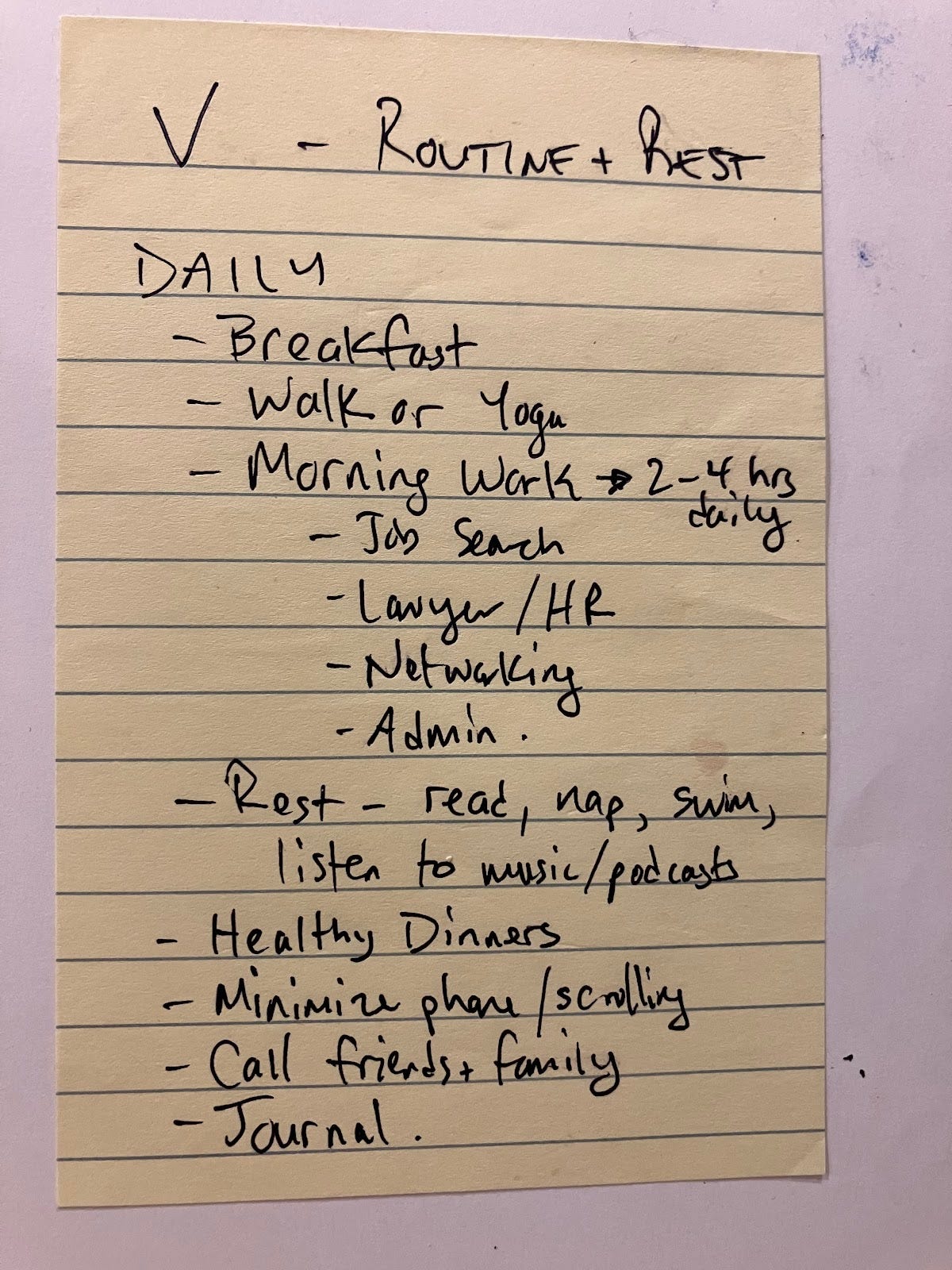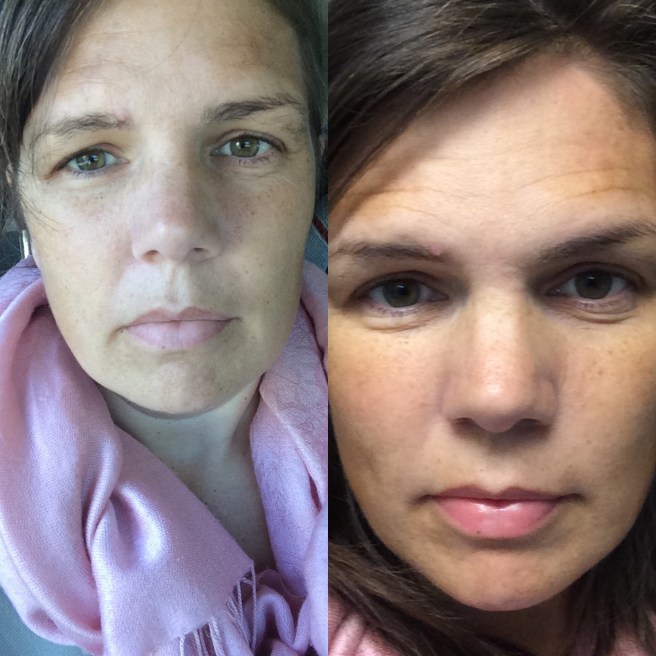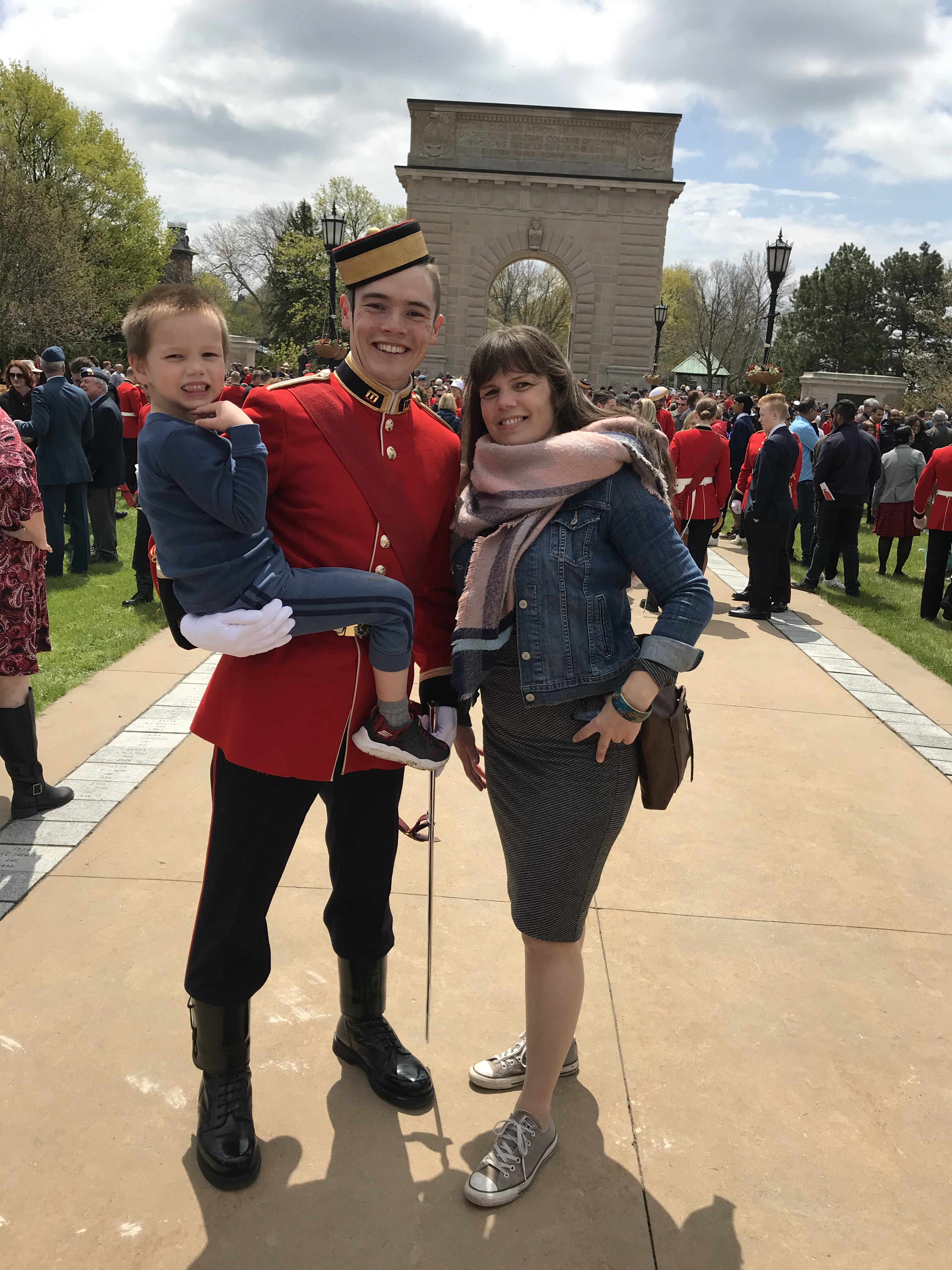Hello readers! This post will go into the weeds of Catholic theology about salvation and sin. I tried to keep it broad enough for all audiences but given the nature of the topic, it could not be avoided.
In response to my last post about hope for things unseen, reader MJ left a comment full of good questions. I decided to cut them out and use them as a prompt for this post. Saddle up because this is going to be a wild ride into the heart of what I believe and where it got me.
Thanks for reading Hey Vero!! Subscribe for free to receive new posts and support my work.
MJ wrote:
Beside hope for a better tomorrow, that things would become the case, did you ever have hope for eternal life, for salvation, for unity with the God that Catholics worship? Did you ever think that heaven would become the case for you? The cornerstone of Christianity is that life is eternal and death does not mean the end. That definition of hope, that faith that better things will eventually become the case, must be applied to life as it is understood by Christians: that it won’t end when you die. Christianity does not hold together if you do not hold this view. One’s life may very well be “shit” from day one til the day one dies. Absolutely hellish vision if you think that is all there is.
These questions are difficult to answer without going into what Roman Catholics believe and how these beliefs shape religious practice. I will also need to give you some context about my family’s faith, how it formed me, and what I took with me in adulthood.
I was born to two Catholic parents, received all the Sacraments on schedule, and celebrated all the Christian major feasts by going to Mass and having a party. That said, while I remember going through phases of weekly church attendance with my mother, I would not describe my family as “practicing” Catholics. The word “practicing” to me evokes a form of strict religious observance that my parents never espoused. My parents were believers in Christian virtue, in a religion that welcomed everyone, in the qualities of belief that made you a bigger, better person. My family’s religious practice was not coercive. It was not based on fear. It was a practice of 1: Corinthians (love is patient, love is kind…) and of the Beatitudes (blessed are the poor in spirit). My parents took the parts of religion that felt good, like music and community, and left the parts that didn’t. In conservative Catholicism, people like my parents are derisively called “cherry pickers” or “cafeteria Catholics.”
My parents held that every good thing should be enjoyed in balance, including church attendance. Church was something we did on Sunday, some of the time. The rest of the week, we just tried to live upright, ethical lives. We never went to confession, we never talked about sin. We never had to behave a certain way, do certain things, or wear certain clothes just because it was what our faith instructed. There were right and wrong ways to behave and the difference was pretty clear. Don’t be a jerk, work to relieve suffering around you, be kind to others.
I don’t remember turning into an atheist as a teenager. I’m naturally disposed to delight in things the eye cannot see: love, beauty, kinship, intuition, connection. I like my universe inscrutable. I like my questions unanswerable. I am comforted by the presence of something bigger than me. I prefer not having all the answers.
Yesterday, I was driving with my daughter Ève (12) when she told me: “I don’t really believe in God, but I think that if ‘God’ wanted us to explore space and the deep sea, we would be able to breathe there.” Ève doesn’t believe in God, but she believes that some things are beyond our comprehension. She calls this mystery God. She believes that the deepest seas and farthest galaxies have a purpose that is beyond our grasp. Ève is ok being a spec of dust in a larger universe. I’m like Ève: I fell out of practice as a teenager but I never fell out of belief.
I returned to religious practice when I was pregnant with my third child. I was looking for community and belonging. I was looking for certainty. I wrote about my turn to practicing Catholicism in this 2021 newsletter post:
Like my mother before me, I came to the faith looking for somewhere to fit in. Paul’s family was associated with a close-knit conservative organization inside the Catholic Church and while conservatism didn’t come to me naturally, the ready-made community did. As a young woman with a law degree and a growing family, I longed for a sense of certainty. I wanted to be sure that I was making the right decision. Communities of faith celebrated my choice to prioritize family over career. The further I went down the conservative spectrum, the more certainty I encountered. Scripture’s promise of a “peace that defies all understanding” was extremely compelling. For someone with an anxious inner buzz, inner peace is a powerful pitch.
To me, there was always a difference between Catholicism and conservative Catholicism. I had grown up in a family where practice was strictly a matter of how you conducted yourself in the world. If parts of your religion made you mean (for instance, taking small kids to Mass), you could just cut them out. In my family, religion was supposed to help you show-up in the world as a better person. If it didn’t, it was pointless.
In conservative Catholicism, I encountered a much different approach to religious practice. It was almost entirely focused on salvation, first your own then that of others. Suddenly, what a Christian friend affectionately calls “the Catholic noise” became nooks and crannies of rites that were like pebbles on a scale. Every single thought and action was contributing to a load of sanctity that would take us into blissful eternity. There were big rocks of sanctity for sure: service to others, self-denial, and so on. But salvation was also in a myriad of anxiogenic little decisions, such as “How hard do I have to try to find a Sunday Mass when I’m on the road?”, “How sick do I really have to be to be exempt from Sunday obligation? What about my kids?”, “Is New Year’s Day a real day of obligation?” (answer: yes in the US but not in Canada so better not chance it…) “Can I attend a wedding in a non-Catholic Church or would this be validating mistaken beliefs?” “Is yoga a satanic practice?” “Is Harry Potter a gateway to wiccanism?” “Can there really be Communion if there are drums in the band?”
In my family, eternal life was something that happened organically as a result of showing up in the world as a virtuous person. We didn’t live our lives wondering how to get to heaven. Heaven was our inheritance, a given. As virtuous Christians, we lived our lives trying to make the world a better place for everyone. Here. Now.
In the faith I joined, eternal life was something we earned by behaving a certain way. Scripture and Tradition gave us an instruction manual, and if these instructions made us miserable or unhealthy, we were to work at acceptance, self-denial, and abnegation. As fallen human beings, hell was what we deserved and salvation would be granted for a lifetime of sanctity.
To root an entire belief system in fear, you have to start young. As an adult “convert” – converting from one faith expression to another – some teachings of the Catholic Church always felt alien to me. Scripture tells us that we should cultivate a childlike faith, which is understood as humble and trusting. I think that it is also a faith that appeals to the imagination. The real presence of Christ in the Eucharist requires an effort of the imagination, the Immaculate Conception requires an effort of the imagination, heaven, hell, purgatory and eternal life require an effort of the imagination. Children have an openness to stories, to things that are not entirely rational. They know about the limitations of their knowledge, they understand their smallness. None of these stories about heaven and hell were taught to me as literally true when I was growing up.
I brought into my adult conversion the mind of a child that had not been imprinted by religious guilt or fear. In hindsight, I can say that I missed the bad and the good of religion’s grandiosity. I missed the fear of hell and eternal banishment. But I also missed the awe of believing in the real presence of Christ in the Eucharist. And the comfort of believing in the promise of eternal life. My religious practice was firmly rooted in my senses: it was in making music, writing words, creating community, offering support, being a mother to my children. I found awe in nature but mostly in art, often crying in art galleries and at the end of a well-written book. In her question, MJ wrote: “The cornerstone of Christianity is that life is eternal and death does not mean the end. (…) Christianity does not hold together if you do not hold this view. One’s life may very well be “shit” from day one til the day one dies. Absolutely hellish vision if you think that is all there is.”
Does it not hold together? It does for me. Catholicism is embodied. Body, blood, soul, and divinity. Eternal life is your reward, but your life on earth is your one shot at living it well. In Catholic doctrine, human beings in flesh and blood come together as one to become the Body of Christ. Jesus himself, having died and gone to Heaven, is no longer doing good deeds in Palestine. He relies on us to be his hands, eyes, and ears. To heal, to help, to soothe, to comfort.
About 10 years ago, I read an article in The Guardian about an atheist whose beliefs had been shaken by working with homeless addicts in the South Bronx. Expecting to find hardened cynicism about the unfairness of life, he had instead found some of the strongest believers he had met, “steeped in a combination of Bible, superstition, and folklore:”
Who am I to tell them that what they believe is irrational? Who am I to tell them the one thing that gives them hope and allows them to find some beauty in an awful world is inconsistent? I cannot tell them that there is nothing beyond this physical life. It would be cruel and pointless.
(…)
Soon I saw my atheism for what it is: an intellectual belief most accessible to those who have done well.
The idea of atheism as a luxury accessible to those who have done well rang true to me. But I found that it also gave Christians an easy way out of fixing inequality in a meaningful way, because this life is not our final destination, and suffering is redemptive.
In a comment to my last post, my friend Faustina wrote “hope is not a strategy.” Shouldn’t we have more to offer those who have nothing than the promise of a better afterlife, hopefully?
When it comes to me, my hope of eternal life is now a question mark more than it ever was. One thing conservative catholicism has been good at imparting is black and white thinking about who is saved and who is not.
When my marriage ended, my ex-husband and I initially decided to stay in the same house to minimize the strain on the children. This turned out to be an ill-advised decision in more ways than one: it decimated my mental health, plunged me in the depths of burnout and depression and eventually led to my loss of employment at the City. Living with my ex-husband when he was no longer trying to sugar-coat his contempt was deeply degrading and traumatic. Zero stars, do not recommend.
I moved out of the family home in November 2020, 6 months after the official end of the marriage but I could not afford to rent in my community. Five months later, my (then) friend Glen moved in to help me pay the rent. As you probably know now – although I’m never sure how many of my subscribers read my posts all the way through – Glen and I are now “together” together. He still pays the rent but we sleep in the same bed. It’s been a good deal to be honest.
When my friend Glen moved in with me, 3 people took me aside and told me about the inappropriateness of moving-in with a man. I was emotionally vulnerable and I was putting myself in a situation of mortal sin.
In Catholic theology, mortal sin is a deliberate turning away from God that destroys love in the heart of the sinner. It’s a grave action committed in full knowledge of its gravity and with the full consent of the sinner. Repentant sinners can be forgiven by a priest in confession but repentance for Catholics is not the simple act of saying sorry. It also implies a desire to stop the sinful behaviour by any means, in thoughts and actions.
The Church does not provide a list of mortal sins but they are generally known as breaking one of the Ten Commandments: murder (including suicide and abortion), apostasy, and the range of sexual deviances which includes anything but PIV intercourse with someone you are married to (self-pleasure, homosexual sex, and – yes – adultery.)
When I left the family home, I had barely enough money to support myself and a fraction of what I needed to support my children. I made $3600 a month and $2500 would go to rent and utilities on the first day. I had signed-away my right to child and spousal support because we were sharing the family home and left with nothing: no money, no furniture, no household supplies. My commitment to Catholic marriage had left me in an incredibly vulnerable situation and I was being warned about living in sin.
Glen stepped in and paid half my rent and utilities in exchange for a single bed in my basement. He held me together as I went through the most heart-wrenching time of my life, stayed by my side as I flew into white-hot rages so loud my voice went hoarse and never faltered. Not only that, but when I lost my job 10 months later, he was able to pick up the full rent and keep my children and I from losing our home. I still have the rescue list he wrote for me when I lost my job at the City:

In the Catholic Church, my relationship with my ex-husband is the right true one, and my relationship with the person who wrote that note, paid my bills, and fed my children puts me in a state of mortal sin. Of permanent estrangement from God. I have to renounce salvation for choosing a man who loves and respects me over one who really doesn’t. My current living situation puts me in a state of mortal sin with full knowledge of its consequences, absolutely no repentance, and no intention to stop. In other words, my goose is cooked.
If the Catholic Church doesn’t want me loved, respected, supported, and whole, then there is no room for me at its table. I’ll find another party.
I don’t want to waste away waiting for something better to happen when I die. I prefer living my life as if it mattered.
Thanks for reading Hey Vero!! Subscribe for free to receive new posts and support my work.









